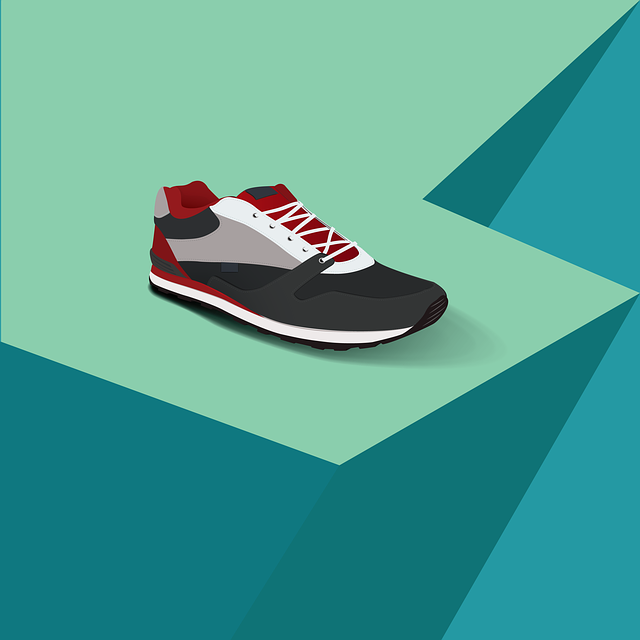This post may contain affiliate links. Please read the disclaimer for more info.
Barefoot and Minimalist style shoes have seen a recent upturn in popularity across the internet. I can now see people searching specifically for them instead of just coming across them like I did a while ago. But what’s the catch? Why are people so suddenly intrigued by these natural foot type of shoes? It’s being well documented that there are many benefits to wearing them regularly compared to the downsides of traditional footwear.
I have also noticed many people online talking about how they got into them because of a nagging injury or some sort of ongoing problem. Specifically things like knee pain and pain in other joints. I eventually stumbled into them while I was looking for solutions for the plantar fasciitis that I struggled with for so long, and now they’re the only shoes I wear!
Click here for an in-depth review of my current pair of Xero Shoes.
So they can sort out some injury woes because they will fix your technique over time, there’s a host of benefits like improved posture, balance, and agility, but why are we calling a pair of shoes “barefoot” anyway?
In this article, I will clarify the differences between Barefoot Shoes and Minimalist Shoes so in the future you will know exactly what you’re looking for.
This is a general explanation of some differences that most of these shoes would have, however, you may see minor variations even though two shoes will still be called “barefoot”.
Barefoot Shoes
-Should simulate as close as possible to what it’s like running in your bare feet while still keeping you protected from modern elements (glass, metals, concrete)
-The sole should be tough on the bottom but also thin and flexible to allow your feet to make their natural movements
-Should allow the toes to splay, whether that’s with the toes separated like Vibram FiveFingers or just a wide toe box so that when you land, your toes can splay outward like they would naturally
-Should be incredibly lightweight, ideally you would forget they are on your feet
-Should allow for a lot of ground perception because your feet and brain have a feedback loop that they share involving what kind of ground they are on and what to avoid stepping on
-Being cited as the best option for injury-free running as it forces you to start running with a forefoot strike and taking all impact through your muscles, ligaments, and tendons (not the joints)
-Because of that, your feet, ankles, and lower leg muscles should get incredibly strong over time. By taking the impact properly into the muscles, you are making them much stronger
Minimalist Shoes
-Should have a zero-drop sole meaning there is no extra elevation underneath your heel for the sake of padding or protection. The foot sits evenly on the ground like it would barefoot
-Should still have a very flexible sole, but maybe not quite as flexible as a barefoot shoe as the minimalist one will most likely offer more protection
-Should still be very lightweight, but again, maybe not as light as a barefoot shoe
-The slight extra padding will give you a bit of a push-off while you are running that will make it easier to move quicker and have more bounce, but this is at the cost of taking a bit more impact through your body with each step
-These would ideally have a wide toe box as well, but I’ve noticed some that don’t seem to focus on that aspect of the shoe


Leave a Reply